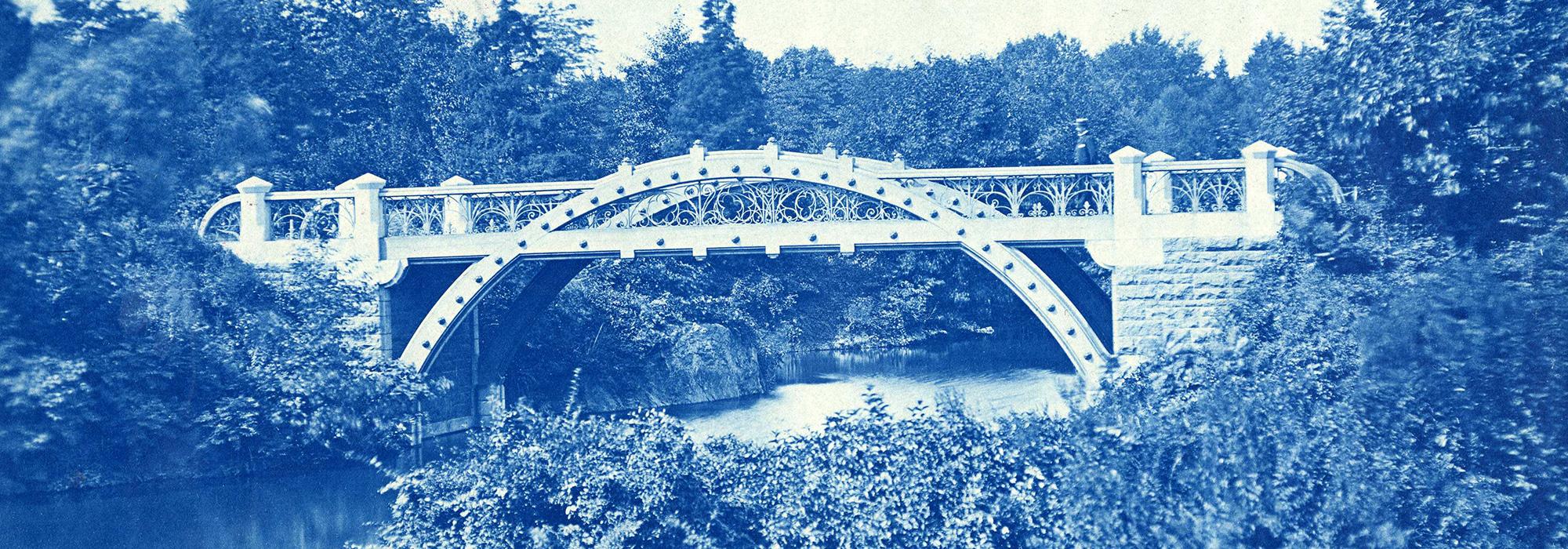2023 Bauder Lecture - Experiencing Olmsted
In-Person Free Lecture, Conversation, and Book Signing with Charles A. Birnbaum
Presented by Cranbrook Center for Collections and Research
Charles Birnbaum is the President, CEO, and Founder of The Cultural Landscape Foundation in Washington, D.C., and Co-Author of the 2022 book, Experiencing Olmsted: The Enduring Legacy of Frederick Law Olmsted’s North American Landscapes.
The free lecture will be followed by a reception and book signing in the Institute’s West Entrance. Olmsted-related documents from the collection of Cranbrook Archives will be on display, including the Olmsted Brothers’ 1928 Planting Plan for Christ Church Cranbrook.
Despite these A-list projects and clients across North America, the life and work of Frederick Law Olmsted, Sr., including his open opposition to slavery, is only superficially understood. Olmsted-designed landscapes are more than picturesque scenery and public grounds for society’s use and enjoyment, they mark the democratization of the American landscape and the beginnings of contemporary landscape activism.
This presentation—incorporating big ideas and anecdotes—draws on forty years of Charles Birnbaum’s professional practice and aims to lift the veil on those in Olmsted’s practice and his successor firms (beyond those named Olmsted). Olmsted introduced new typologies, including parkways and park systems. He recognized that landscape was “Infrastructure” and that a thorough understanding of soils and water (from watersheds and hydrology to soil remediation) was essential. He understood landscapes and cities to be dynamic, possessing intertwined systems that could be guided and shaped, and the idea of managing change.
Additionally, the presentation will address how the Olmsted practice served as the definer and proselytizer of the professional discipline that Sr. named, how the firm came to define what a corporate practice should look like and how it should function (including the critical nature of well-organized archives and dedicated staff for collections management), and how landscape architects need to seize the opportunity to lead and orchestrate all aspects of the natural environment from the planning of cities and campuses to the siting of buildings within the landscapes.
Finally, the presentation concludes with reflections on how we can steward Olmsted’s ideas and built works today—from understanding our landscapes’ deeper and broader cultural contexts, including the impact of race and gender and the importance of acknowledging the defining role of our Indigenous communities, to supporting and collaborating with individuals and organizations who are working in their communities to engage with Olmsted and his legacy.



